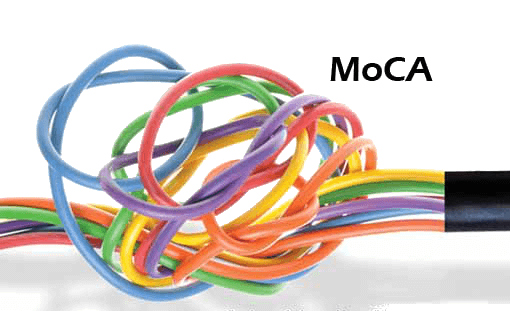This post is sponsored by Antronix.
The 5-42MHz return band has historically been the upstream standard for cable operators, but subscriber demand for streaming and other services requires a substantial improvement of existing upstream data capacity.
“While growth of upstream data traffic has not quite kept the same pace as downstream traffic, it is growing far beyond the current capacity of HFC DOCSIS networks,” Antronix President Neil Tang said. “[Upstream capacity] will need to expand significantly to approach expected demand as peer-to-peer content, IoT, video conferencing, interactive, and other services become more relevant.”
Expanding the spectrum
A 5-85MHz bandwidth expansion project is one way service providers can expand system upstream capacity.
“An increase in the mid-split crossover point between the upstream and downstream adds more upstream spectrum, and allows for higher order modulation,” said Richard Gregory, an applications engineer with Antronix. “An 85MHz upstream split can support legacy DOCSIS 3.0 signals and/or also DOCSIS 3.1 OFDM signals.”
One challenge with the 5-42MHz spectrum is unpredictable interference from shortwave radio signals, communications-band radio signals, electrical lighting, electric motors and more. The higher frequencies of the mid-split contain the noise and interference from the lower levels, reclaiming even the lowest end of the return spectrum.
“Generally speaking, 5-15MHz is considered no man’s land due to the noise and interference that is common at these low frequencies,” Gregory added. “With DOCSIS 3.1 supporting multiple modulation profiles, the 5-15 MHz portion of the return spectrum can be reclaimed by modulating signals in this region at a lower modulation rate.”
Making the business case
The mid-split option is a cost-effective capital expenditure that enables service providers to meet subscriber expectations on a basic level.
Deploying mid-split technology may, in some cases, require a few plant modifications including new CPE equipment, on top of reallocation of bandwidth and access network modifications. The move also involves new diplexers in nodes and amplifiers.
A MoCA-enhanced VoIP residential amplifier mid-split is a central hub solution for the physical connections in subscribers’ homes. It reduces installation complexity, supports DOCSIS mid-split expanded bandwidth applications and ensures maximum data rates for MoCA -enabled devices.
“The device is also consistent with a home network solution where MoCA and enhanced DOCSIS 3.1 coexist for an optimal in-home network architecture, which is becoming more heavily reliant on streaming and native content services,” Tang said.
The time to begin these enhancements is now, Tang asserted.
“MSOs will require far more substantial modifications to their upstream performance offering in the coming years…to keep pace with ever increasing data demand in the upstream path,” Tang said. “A move to a mid-split 5-85 MHz upstream band – with the additional benefits of DOCSIS 3.1 higher order modulation – will improve spectral density and enable more capacity over existing spectrum. This will be just the beginning of a series of upgrades that will eventually enable symmetrical gigabit performance over existing HFC networks.”
